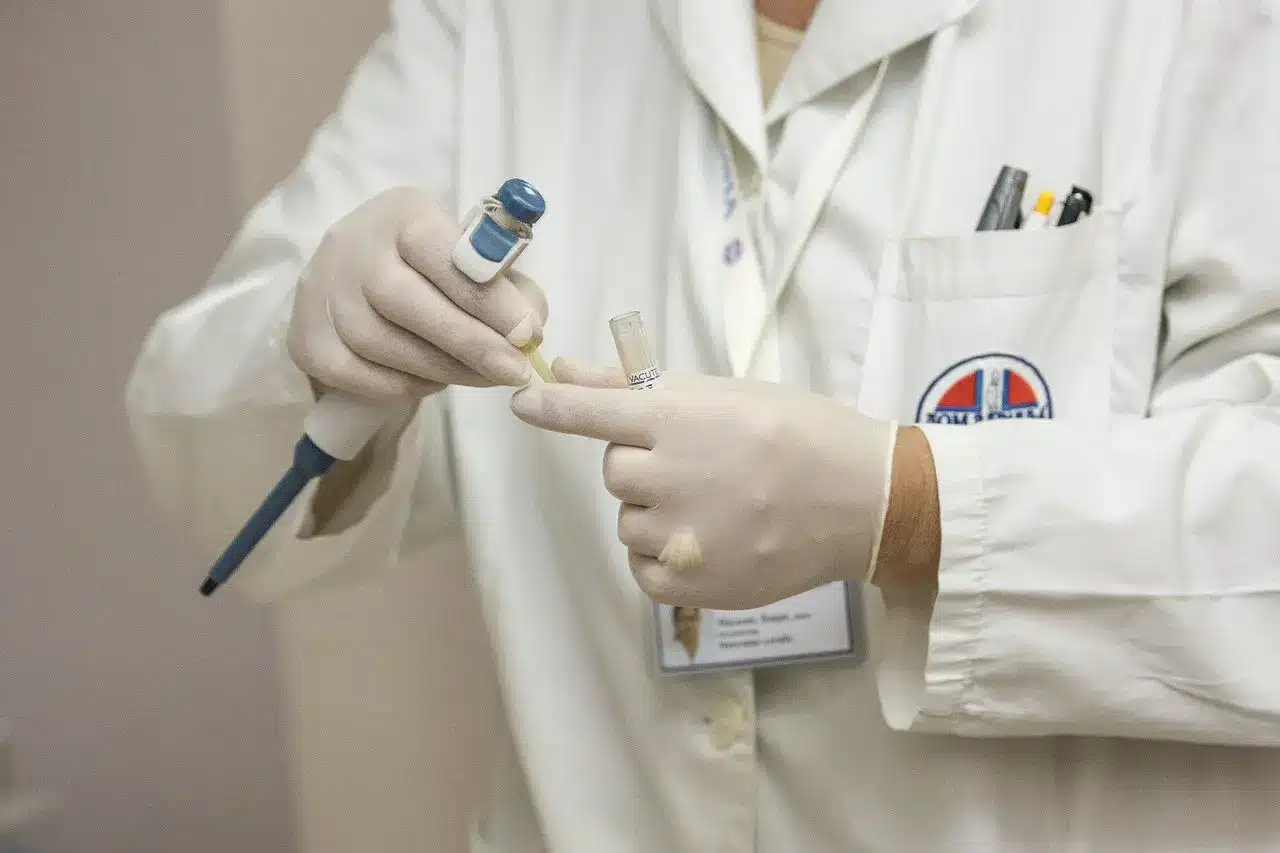FHIR in Action: 3 Real-Life Implementations Taking Healthcare to a New Level
Real-Life FHIR Implementations

HL7’s Fast Healthcare Interoperability Resources (FHIR), an emerging standard for the exchange of health information, has been making an impact in a variety of healthcare settings for years.
FHIR use cases include:
- Sharing medical charts and related documents for insurance claims
- Universal access to a patient’s Personal Health Record (PHR) for enhanced patient management
- Creating comprehensive patient care portals
- Using cloud and artificial intelligence technologies to build predictive solutions and intelligent automation to support aging populations and their care teams.
- The Veterans Administration increased veterans’ mobile health options with FHIR/Apple Health Integration
Let’s look, in closer detail, at three FHIR applications taking healthcare to a new level.

Dermatology Gets SMART at CoxHealth

Image courtesy of CoxHealth
CoxHealth, a Missouri-based health system, had staffing problems. Specifically, they were short on dermatologists, so primary care physicians were increasingly performing dermatology exams.
Naturally, PCPs didn’t have the experience with skin issues needed to make diagnoses and recommend treatments related to skin problems. But a FHIR-powered app is now empowering them make more accurate diagnoses. Using a SMART on FHIR application called VisualDx, thee doctors have access to medical imaging, visualization and machine learning. These allow them to compare known variations of specific diseases affecting the skin, hair and nails and to make a more accurate diagnosis.
The SMART framework supports apps used by clinicians, patients, and others compatible with every health care system. SMART on FHIR API was developed with support from the U.S. government as an open, free and standards-based API. Innovators use it to write an app once and have it run anywhere in the healthcare system.
VisualDx is integrated into CoxHealth’s Cerner EHR. The EHR integration saves physicians time by since the details they need are already integrated into the record. Patient details such as age, gender, medications and existing conditions give the doctor the context he or she needs.
Because it is accessible from their mobile phones, VisualDx connects physicians to patient data in and out of the office, allowing them to create a differential diagnosis, review the possible conditions and learn the details about those conditions.

The Joint Commission: Applying FHIR to Quality Measurement

Image courtesy of The Joint Commission
The Joint Commission is on a mission to improve patient care. The organization is dedicated to developing the standards, tools and resources needed to improve quality assurance, including the things that drive patient safety. In medicine, quality measurement refers to outcomes, patient perceptions of care, efficiency of organizational structure and more—all the data points we measure in our ongoing quest to make improvements to patent safety and other aspects of healthcare.
The Joint Commission is using the FHIR standard to pull and receive pull quality metric data from member organizations (such as surgical outfits) using a specific data format designed to describe medical quality data (The Health Quality Measures Format, or HQMF).
Using IBM Operational Decision Management software, which incorporates IBM’s implementation of Business Event Processing capabilities, The Joint Commission runs the data through a custom-built quality rules engine to analyze existing quality data formats, generate reports and provide rankings to members and government organizations.
The Joint Commission is looking to build upon an early HL7 project where quality metric data (as well as the rules that the data will be measured to) can be specified via FHIR. This requires passing healthcare quality metric data via FHIR as well as being able to write analysis rules in FHIR.
Conclusion
We’ve looked at three very different use cases surrounding FHIR and the innovations the operability standard enables. This is just scratching the surface. To learn about other innovative FHIR implementations, you may refer to HealthIT.gov’s Interoperability Proving Ground (IPG), an open community where for learning about interoperability projects in the United States and around the world.
Are you looking to jumpstart the sharing of EHR data throughout your enterprise using FHIR APIs? As a comprehensive integration and data analysis solution, Quick FHIR lets you move your IBM Operational Decision Management/automation environment into the FHIR ecosystem and pull FHIR quality data from your partners, as well as HL7 Quality rules.
Quick FHIR can help you convert your legacy data quality format for quality rules engine processing. Quick FHIR can take the legacy reports, convert them to the appropriate FHIR format, and store them and/or ship them back to your partners.
With more than 40 years of experience as integration partners and countless success stories in the healthcare industry, Prolifics has the expertise and vision to help your organization take healthcare to a new level with FHIR.

